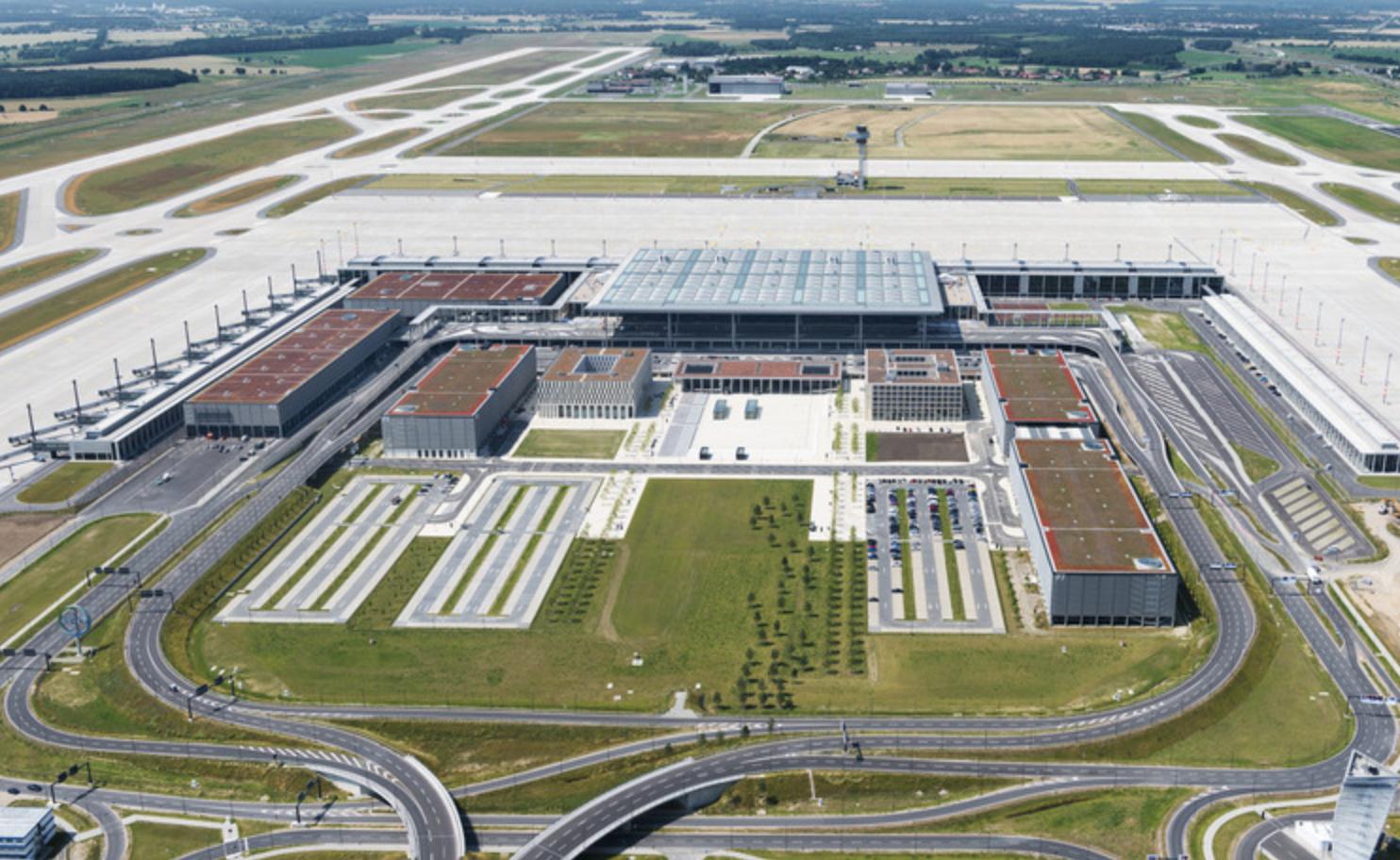Berlin is planning to build new cargo buildings at its still-yet-to-open new airport as it positions itself for more Asian cargo, Torsten Jueling, product manager, air cargo, for airport operator Flughafen Brandenburg Berlin (FBB), said in an interview.
The three buildings being planned are new integration and consolidation centres as well as much-enhanced cold storage facilities, Jueling told Asia Cargo News.
“We want to build a new express [centre], a new integrated facility for them,” Jueling said of the integrators. This new building will be southwest of the new airport’s main terminal.
On the other side of the terminal, and outside the airport’s boundary, will be something for another stream. “Additionally, we are trying to develop a consolidation centre to make them move out of the midfield,” Jueling said. Consolidators will then be concentrated in a logistics park nearby, with cargo being brought into the airport prior to departure, he added.
Also being planned is a new cool chain facility. The new one is expected to be a designated zone with two temperature settings and space for 120 European-sized pallets. (The current cold storage facilities date back to the 1970s.)
Basics are also being addressed with the new airport having a 4,000-metre runway. This will support the largest and heaviest planes up to a full-payload Antonov An-225F.
This does not mean Berlin Brandenburg, when it opens, will become a freighter centre. It sees itself very much as a bellyhold cargo market as befits its status as a passenger origin-and-destination airport.
The airport sits in a metropolitan area of some 10 million people, so the passengers are there, but Germany’s economic powerhouses are served more by airports at Frankfurt and Munich. These are constrained, though, and part of Berlin’s pitch is that it could be an alternative.

There is, however, a twist in all this – the timeline. Jueling and his staff are “positive” about the new airport opening in October 2020 –original plans called for it to open in 2012 – and the opening is needed before work can start on the new cargo buildings, which means the new facility for integrators “should be ready” to open in 2021, with the new consolidator site planned to begin operations in 2022, Jueling said.
What underscores Berlin’s position as one to watch is that it aims to grow its business not just off the back of new facilities but on support as it sees an emerging alliance between low-cost and established carriers, Jueling said. This is official and strategic thinking at Berlin Brandenburg.
Pointing to a just-inked partnership between Emirates and easyJet which provides passengers and cargo with more possible connections, Jueling’s view is LCCs, with their extensive route networks, will move cargo in the fullness of time.
This, he said later, was likely to be within the next five years as the LCCs hit market maturity and they start to think hard about what to do with their bellyhold space, much of which is currently going unused.
The need for quick turnarounds will rule out large shipments, and might even be a barrier for the LCCs themselves, but their multiple second- and third-tier destinations are ideal e-commerce destinations.
“It could be an advantage for Berlin, with our dense LCC networks to distribute e-commerce from Asia or the Americas,” Jueling said. Berlin is also an attractive alternative to more overcrowded and established hubs such as Frankfurt and Munich, he added.
Berlin is keen to build up its Asian links, although it already does strong Asian business: some 50% of its 100,000 tonnes of cargo throughput is to the region. The Americas (North and South) get 26% of the total, with Europe 15%. Berlin’s plan is to double throughput to 200,000 tons by 2023 by expanding destinations.
“We are working on flights to Hanoi,” he said. Other wishlist destinations are Chinese cities such as Shanghai, Beijing and Hong Kong. It recently opened Singapore with Scoot, and reports good business on its niche service to Ulan Bator in Mongolia, which is flown by a Mongolian carrier with a 767 which moves a lot of pharmaceuticals and electronic products.
There are a number of other factors to consider.
One is the nature of Berlin. Once a creative town, it’s now very much a government city, and while officials might buy e-commerce, they don’t drive industries forward. “We don’t have a volume of producing companies,” said Jueling.
Berlin’s catchment area effectively comes from an area within three hours’ drive, which brings in the Polish city of Poznan to the east and Hamburg to the northwest. The other factor is wages, which are acknowledged to be a problem generally in today’s full-employment Germany. While not yet impacting employers at management level, it does hinder operations, particularly on the ramp.
By Michael Mackey
Correspondent | Berlin